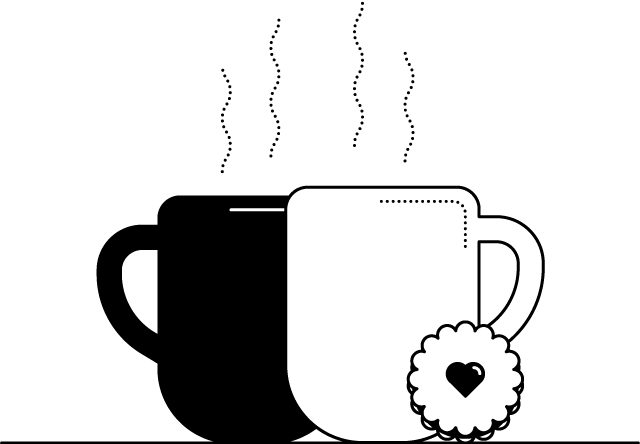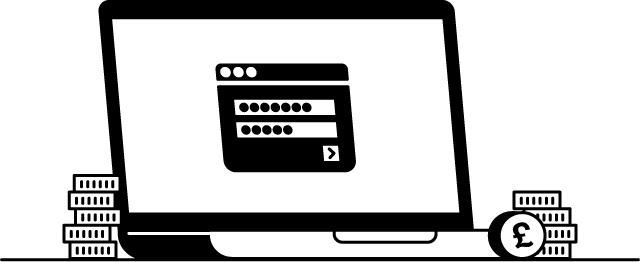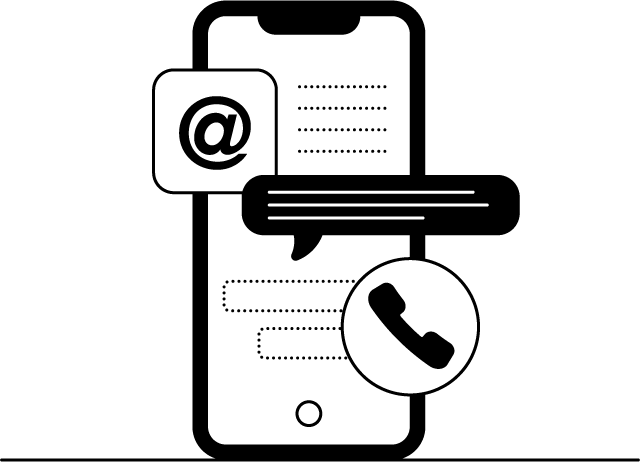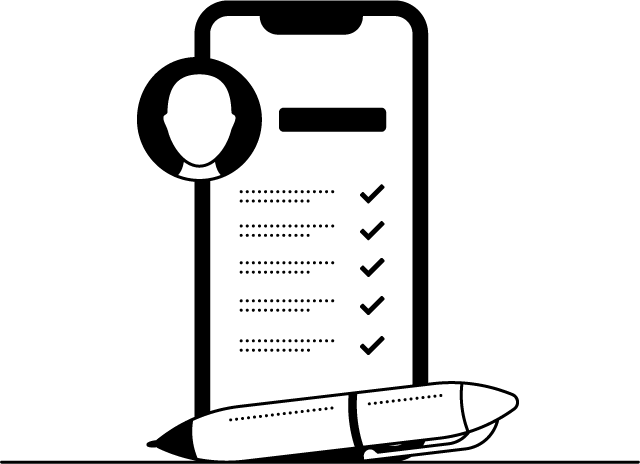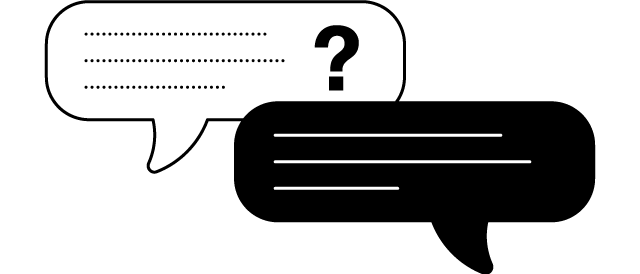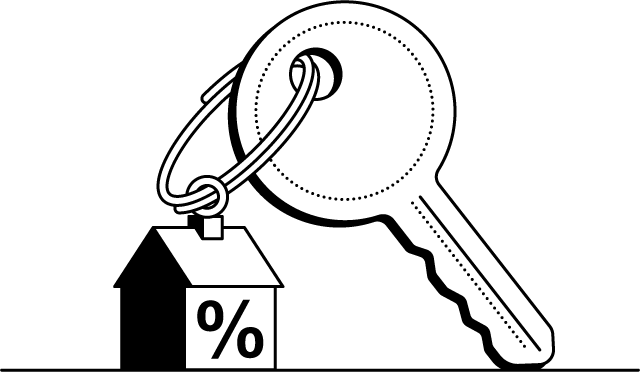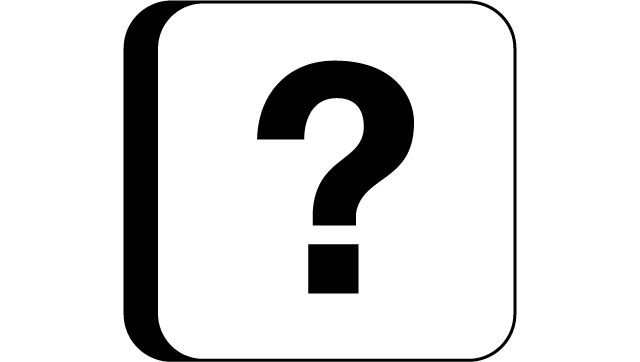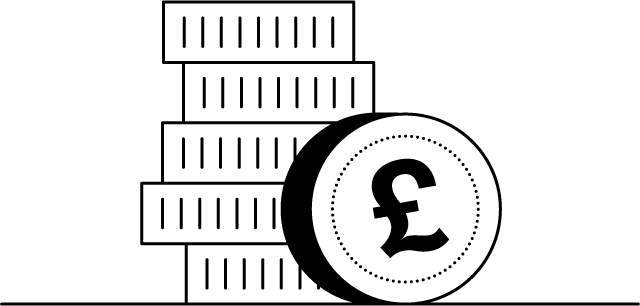What is conveyancing and do I really need it?
Conveyancing is the legal process of transferring ownership of a property from the seller to the buyer. It’s an essential part of the home buying process, usually carried out by a solicitor or licensed conveyancer.
You might also like
What can I afford?
As a first time buyer, you might be wondering how much you can borrow. But it’s also worth thinking about how much you can comfortably afford.
Mortgage application process and timeline
Buying a home can be a lengthy process, but it can be worth it in the end. Your financial situation, the property you want to buy, and the seller’s circumstances all play a part. Here, we look at the mortgage process and the steps involved.
Our mortgages explained
We have lots of different mortgage options, from Repayment and Offset, to Fixed, Tracker and Standard Variable Rate. If you’re not sure what any of this means, we can help.
The real cost of buying a house
Buying a house involves more than just paying a deposit. While that’s often the biggest expense, there are multiple fees and costs that all add up too.

